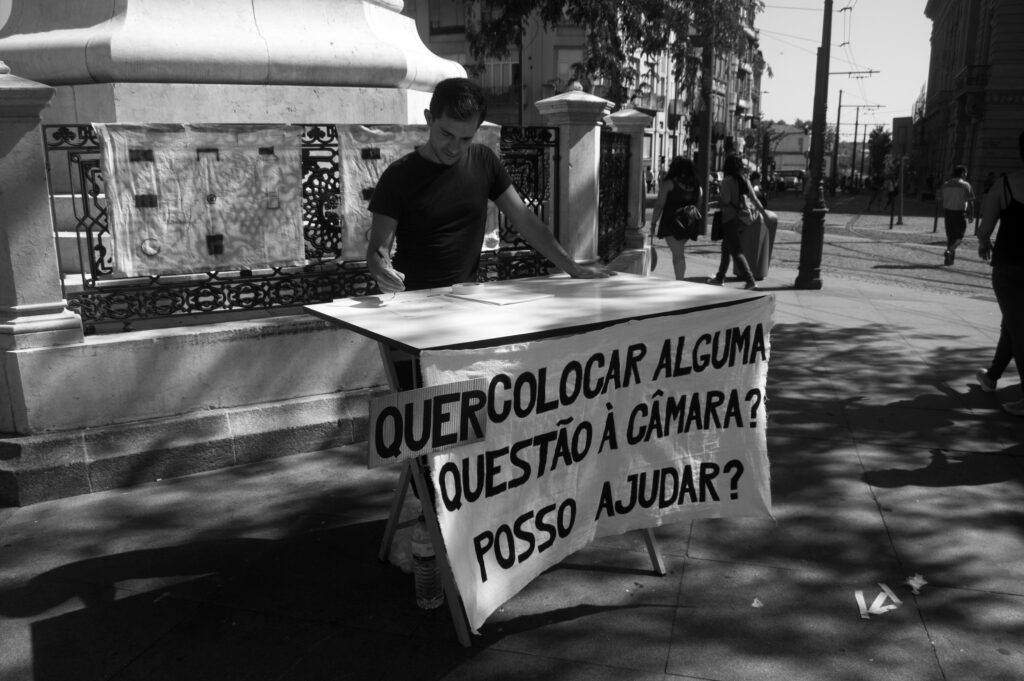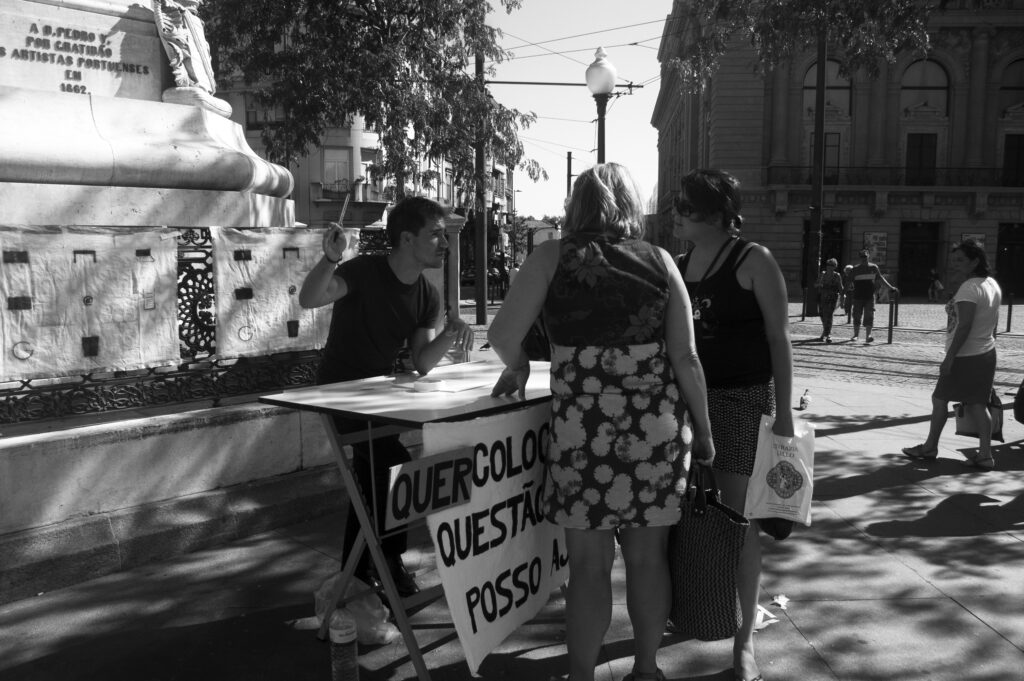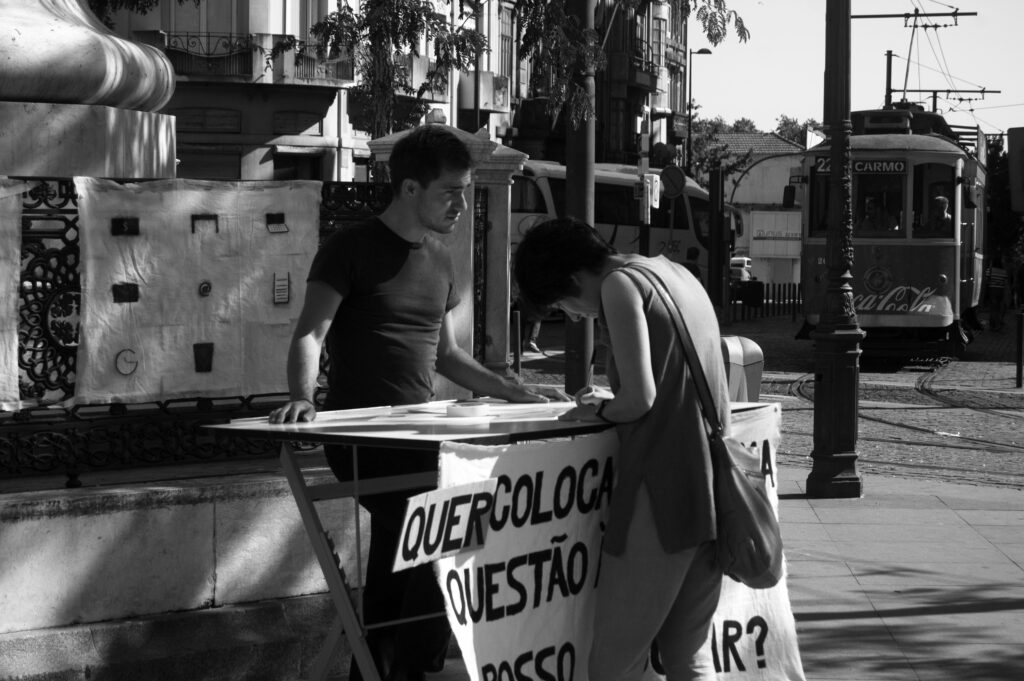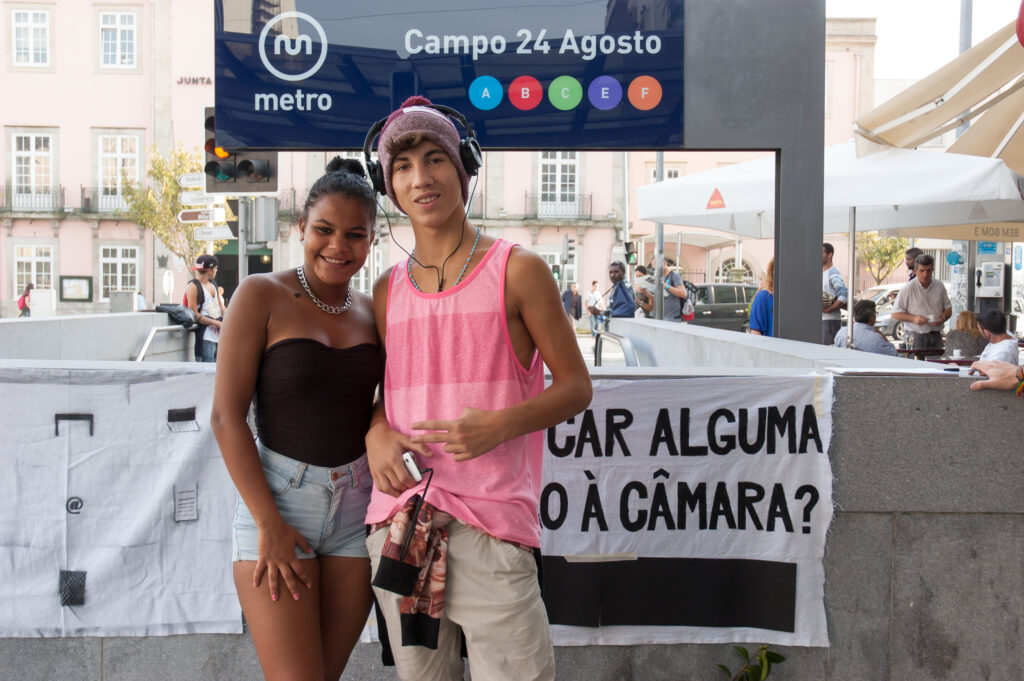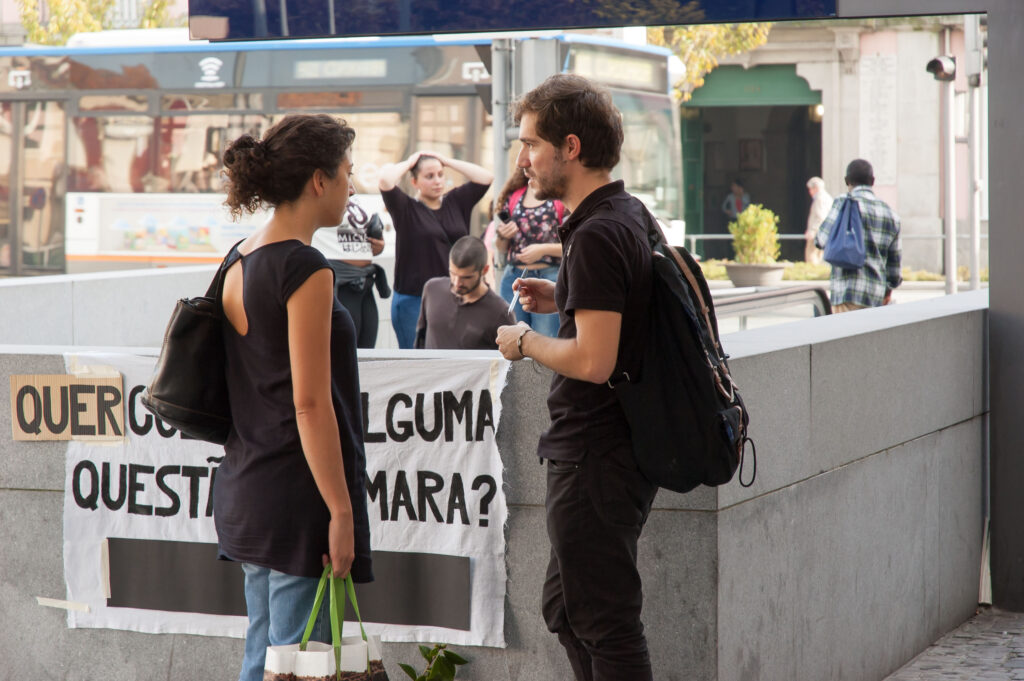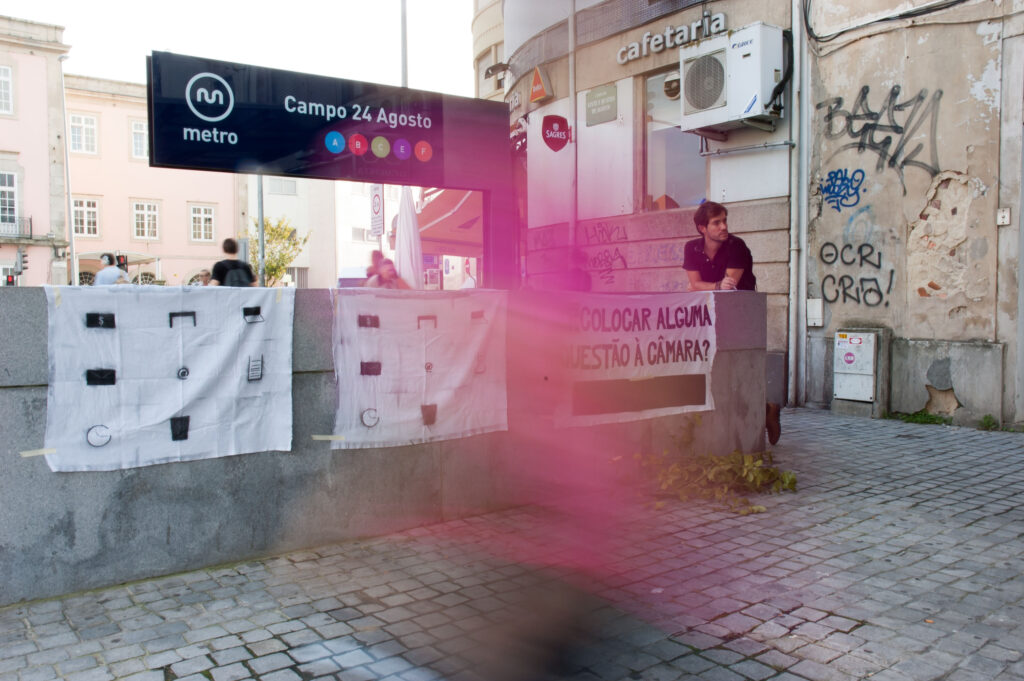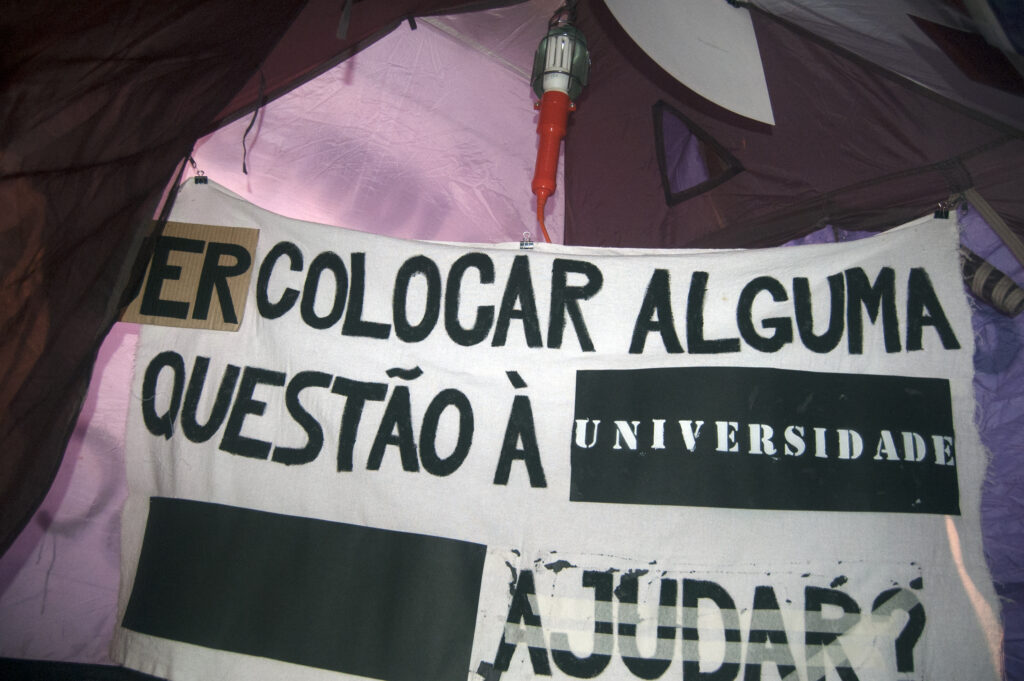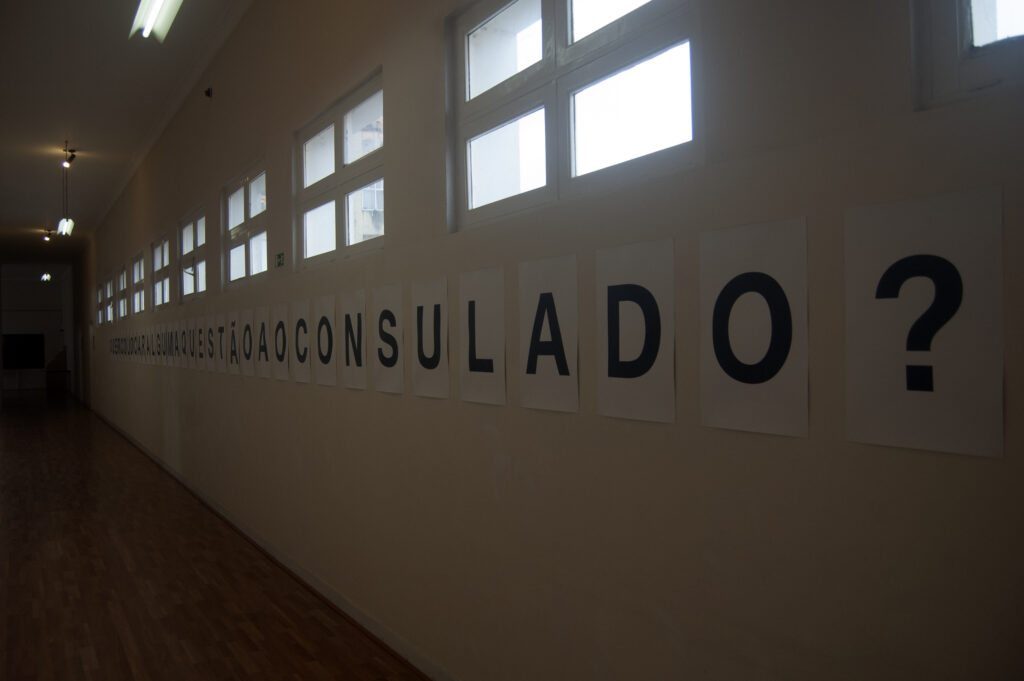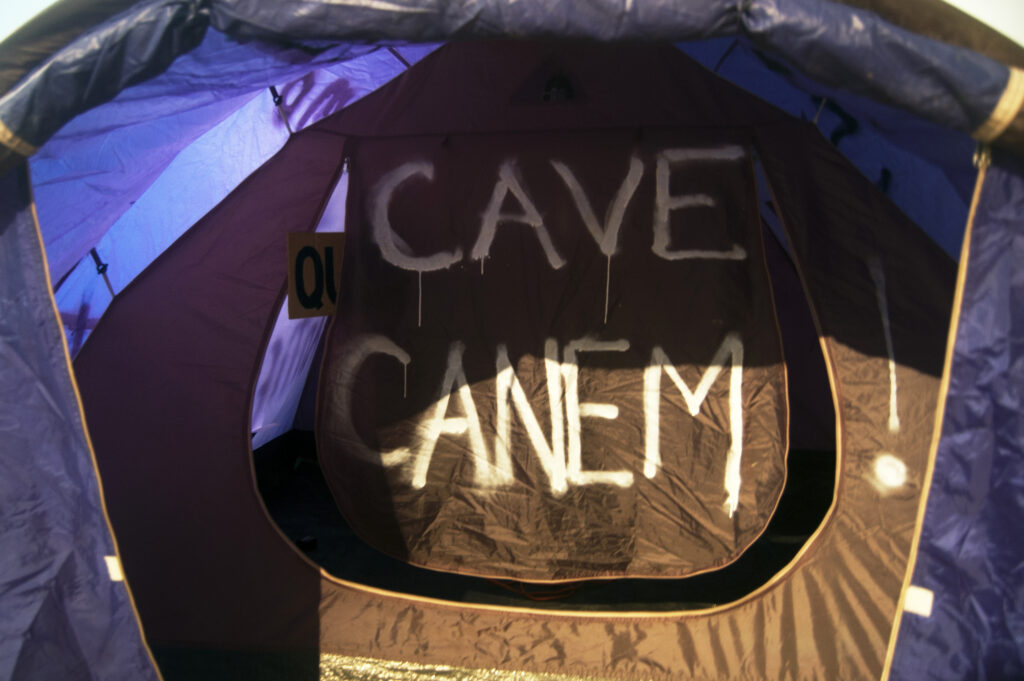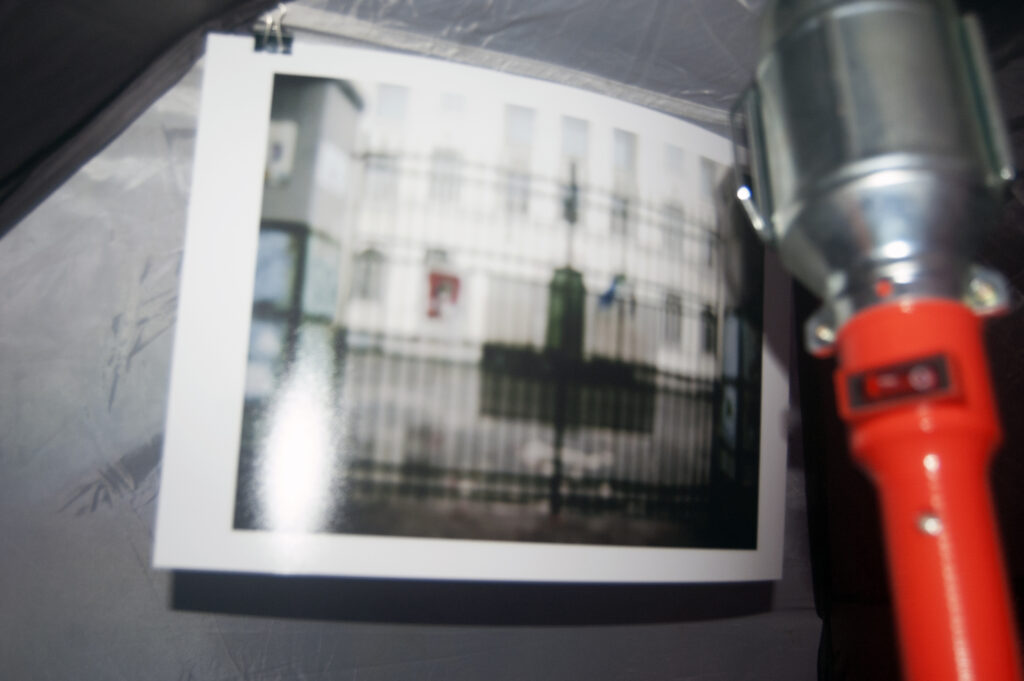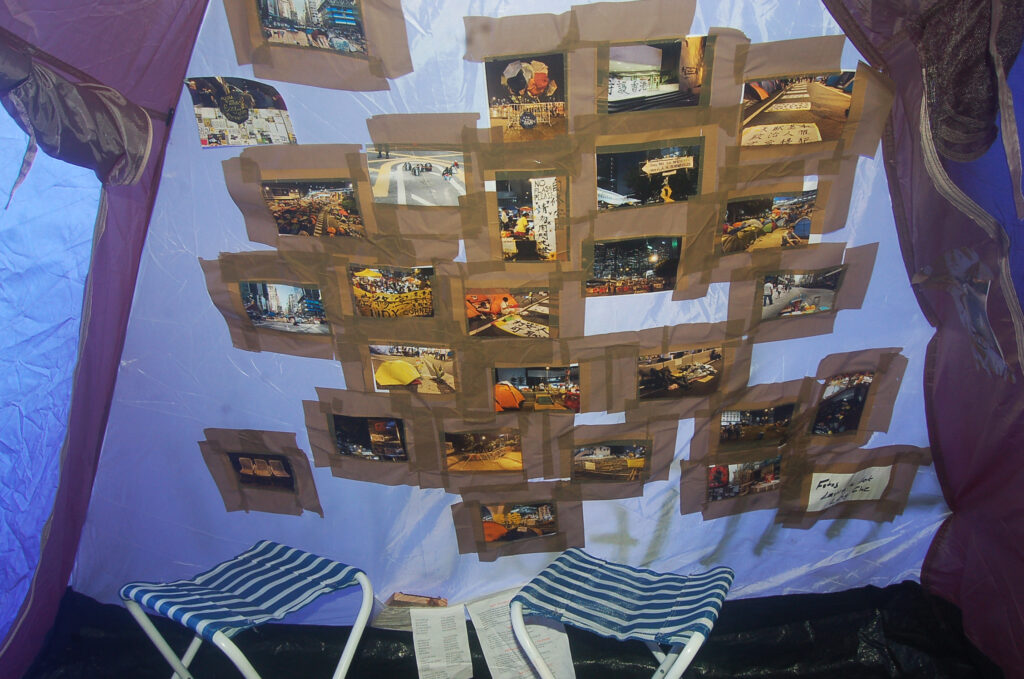An Institutional Issue
The project “An Institutional Issue” (AII) (in portuguese “Uma Questão Institucional” / UQI) was developed around the theme of communication in the political field and because of a question: why in the communication between State and society there is a tendency to reprimand and censure? To this end, AII addressed the issue of communication as an important element in the reach of direct democracy, scrutinizing the institutional structure in various codes and signs that corroborate the bureaucratic system and mechanisms that do not promote quality communication. The project was divided into different actions and works between the years 2012 and 2021 in the city of Porto.
The Artist’s Mailbox
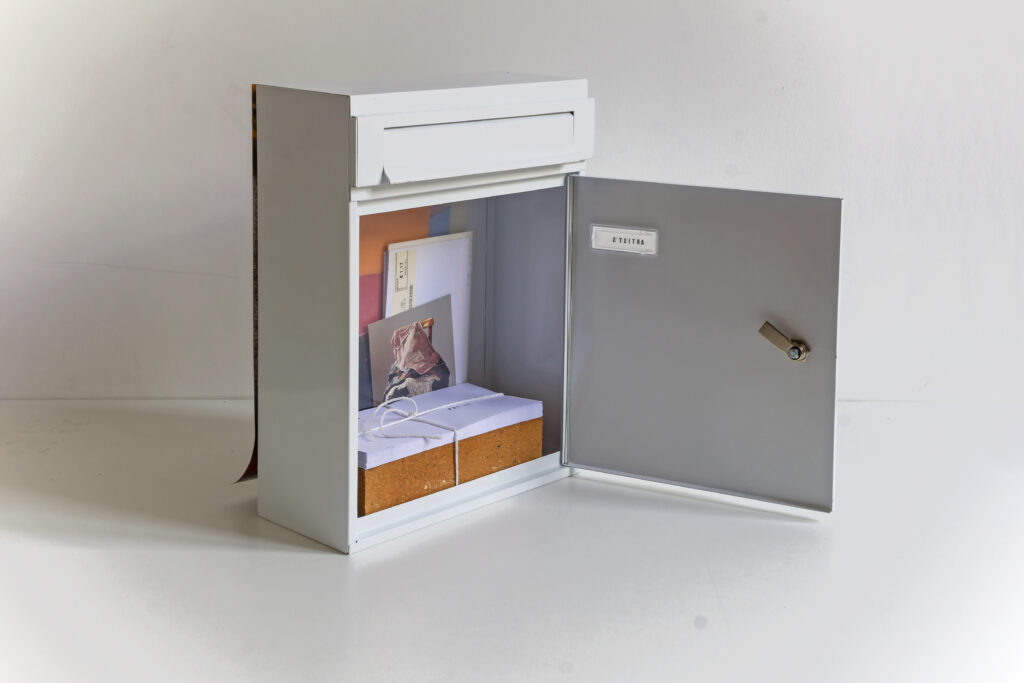
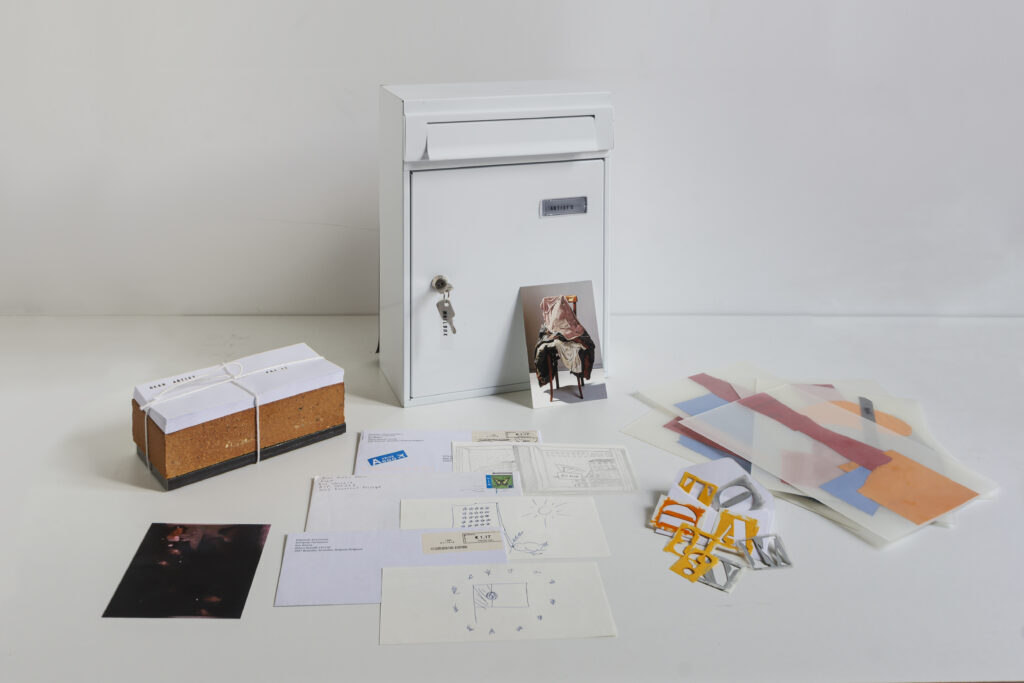
Mailbox with actions in stencil, stickers, keys and acrylic paint on plastic sheet. Drawings made by MEPs, pencil and ballpoint pen on paper, envelopes and documents. Collages and acrylic painting on bank invoices and polypropylene sheets. Sticker on polypropylene, masks for stencil, postcard, ceramic block, iron plate, marble, rope and envelopes.
39.0 x 29.0×16.0 cm
In the year 2014, just after the European Union’s parliamentary elections and an active public discussion on the austerity issue that affected countries like Portugal, Greece and Ireland, the AII project was continued with another action in which I chose to work through direct communication mechanisms such as mail letters.
The “Drawing and Parliament” project aimed to establish a direct communication with the Portuguese representatives elected to the European Parliament in the 2014-2019 eighth legislature. 21 letters were sent to Brussels in different envelopes for each deputy with the description of the project, inviting them to participate in an artistic project. Then a drawing was asked about a landscape, about a film or book, about someone, something or memory.

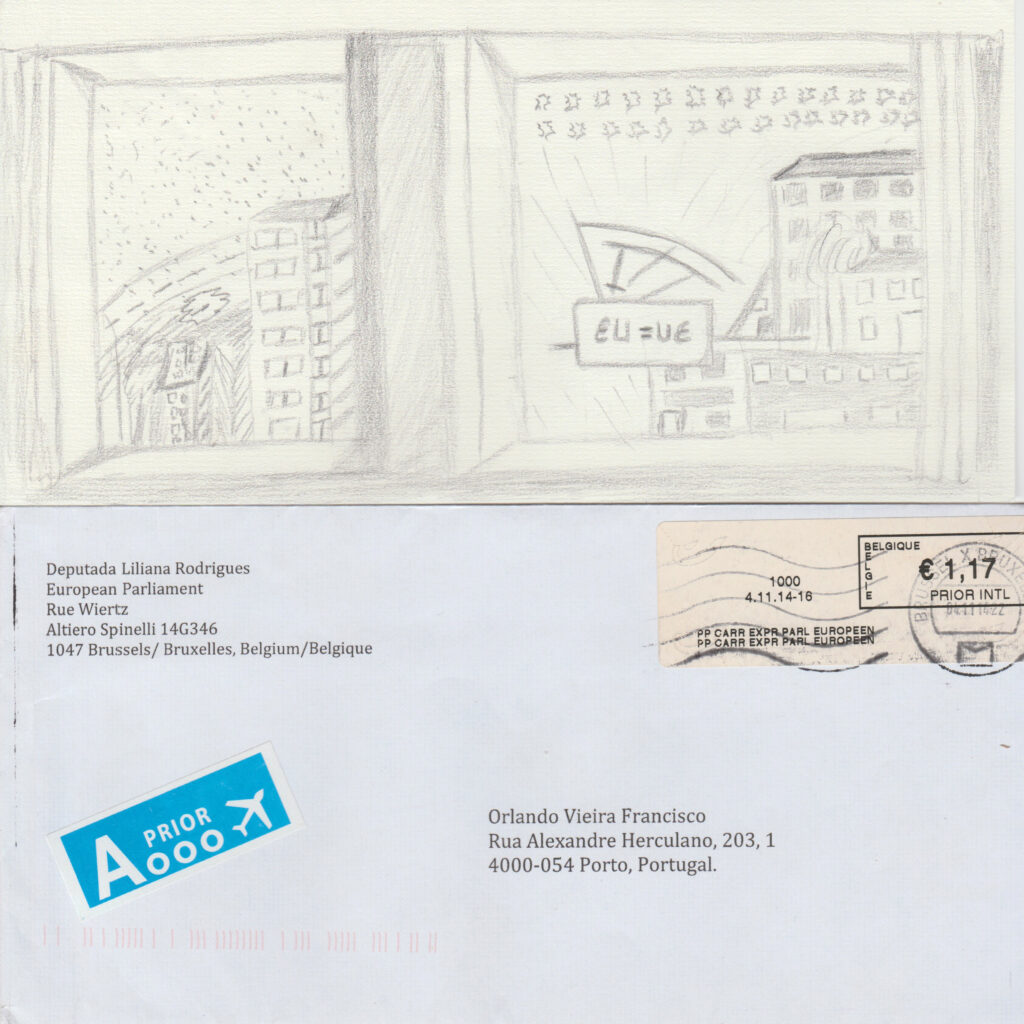
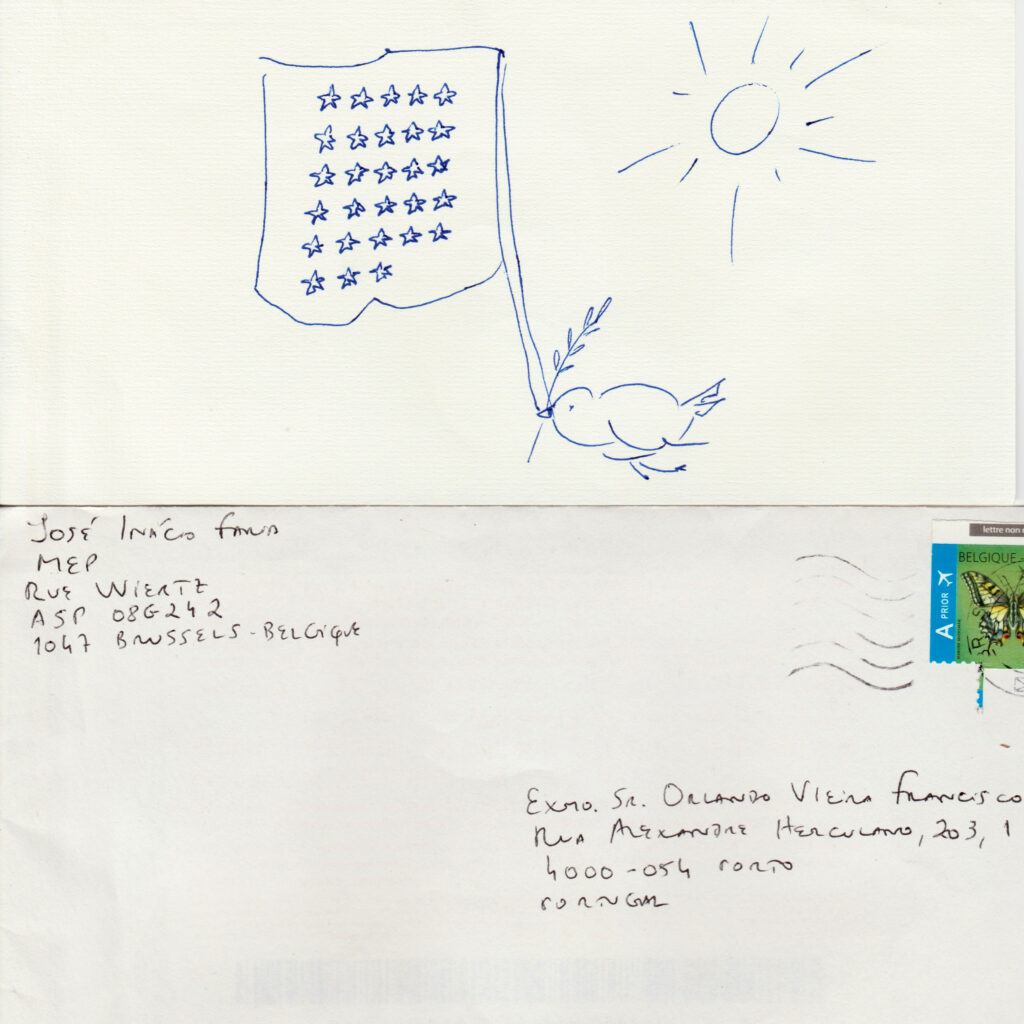
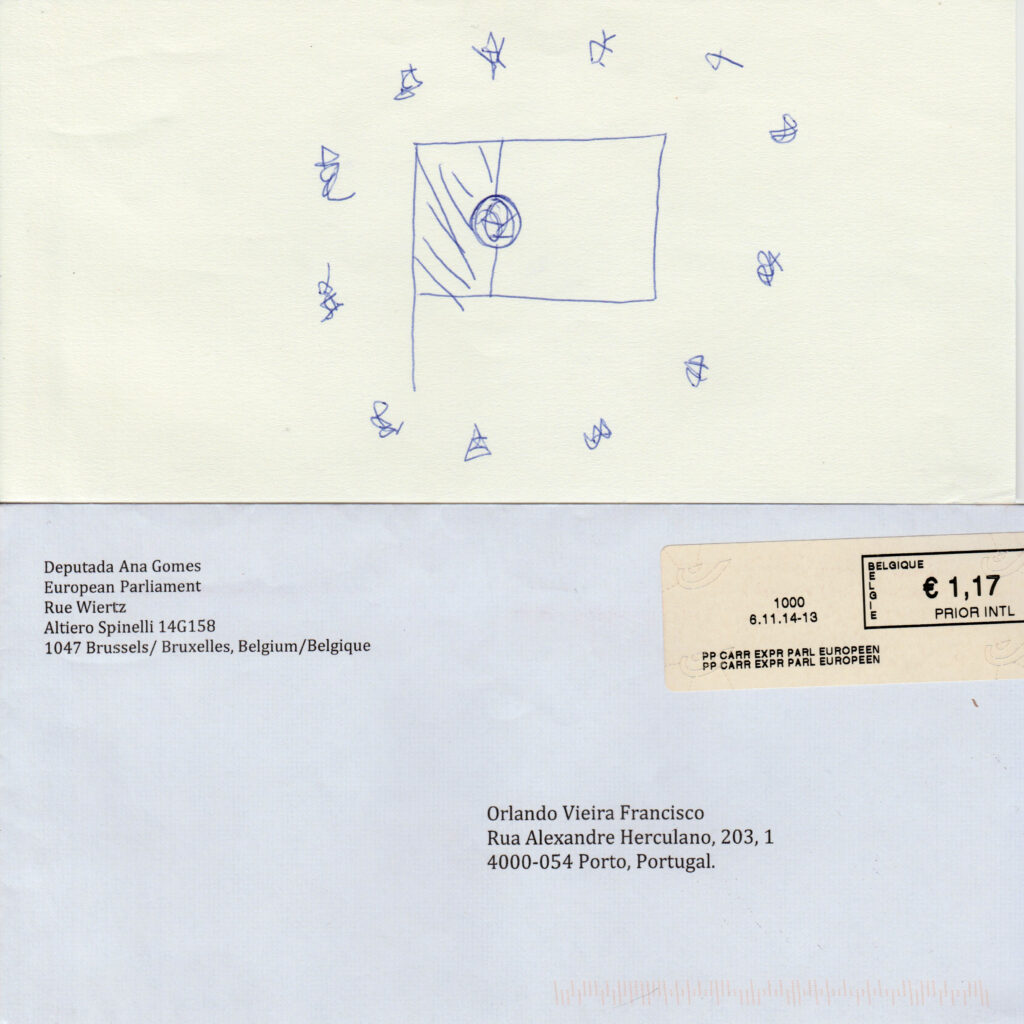
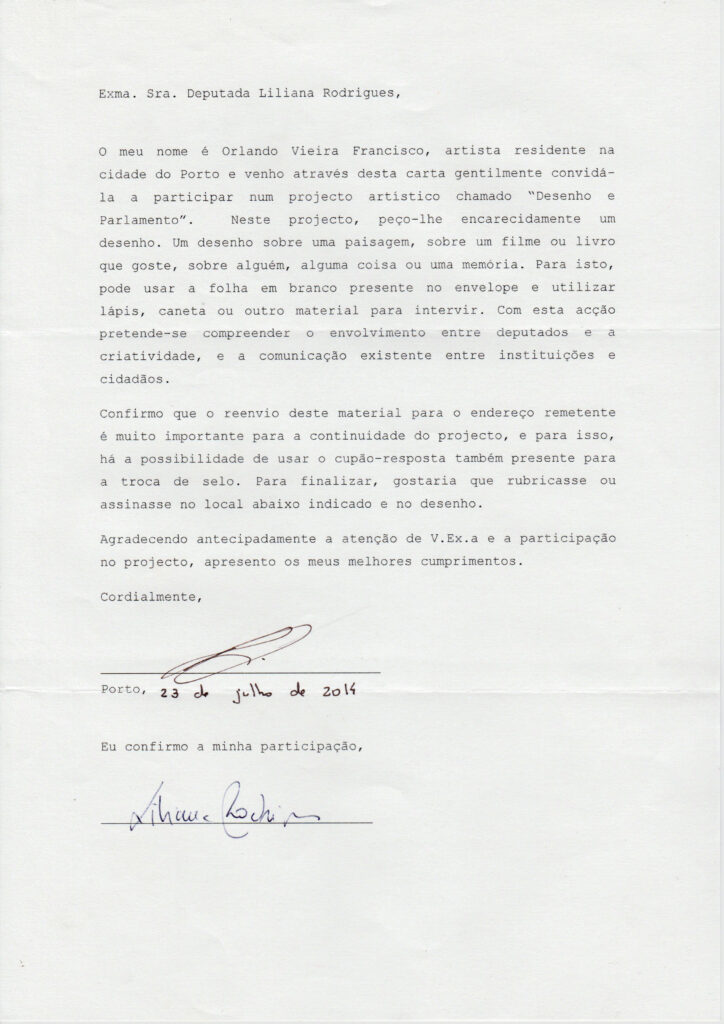
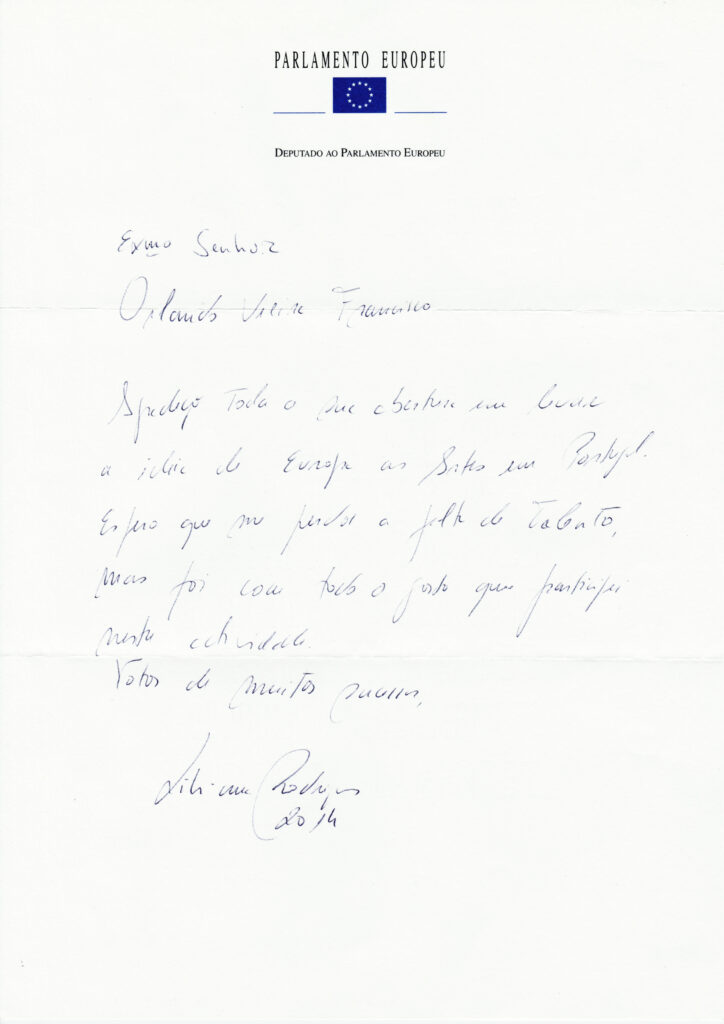
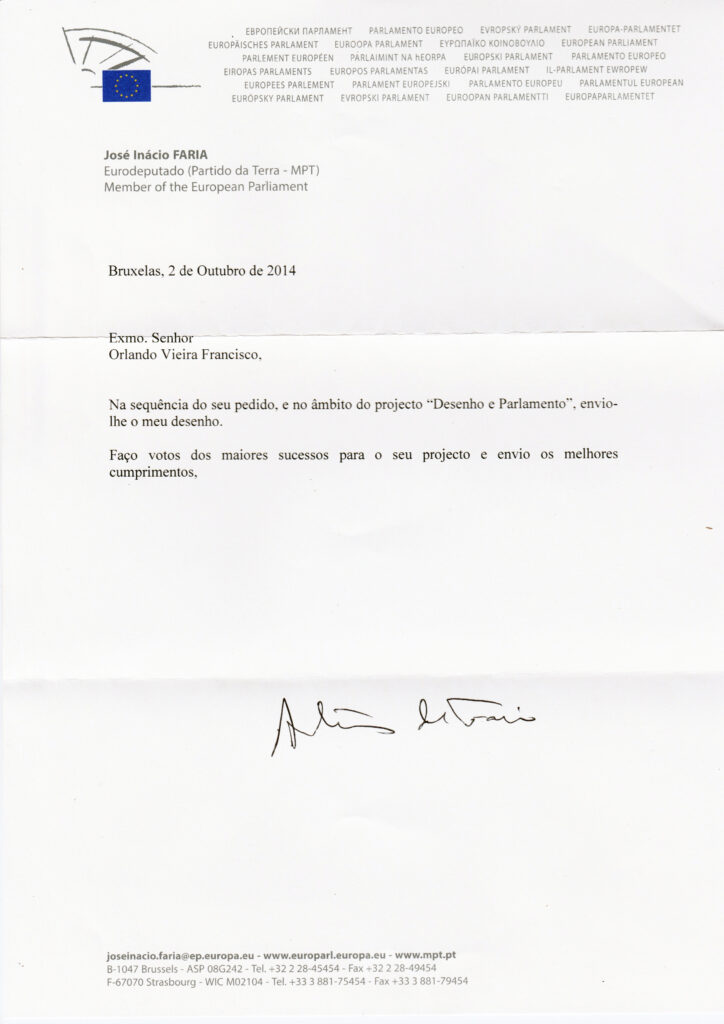
The Gallows
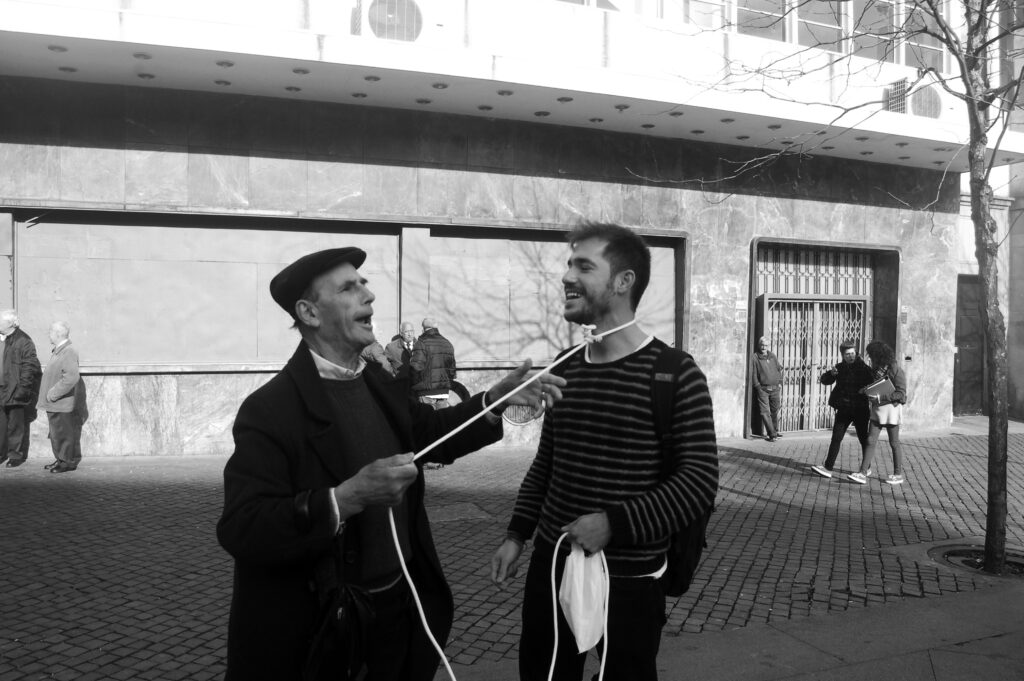
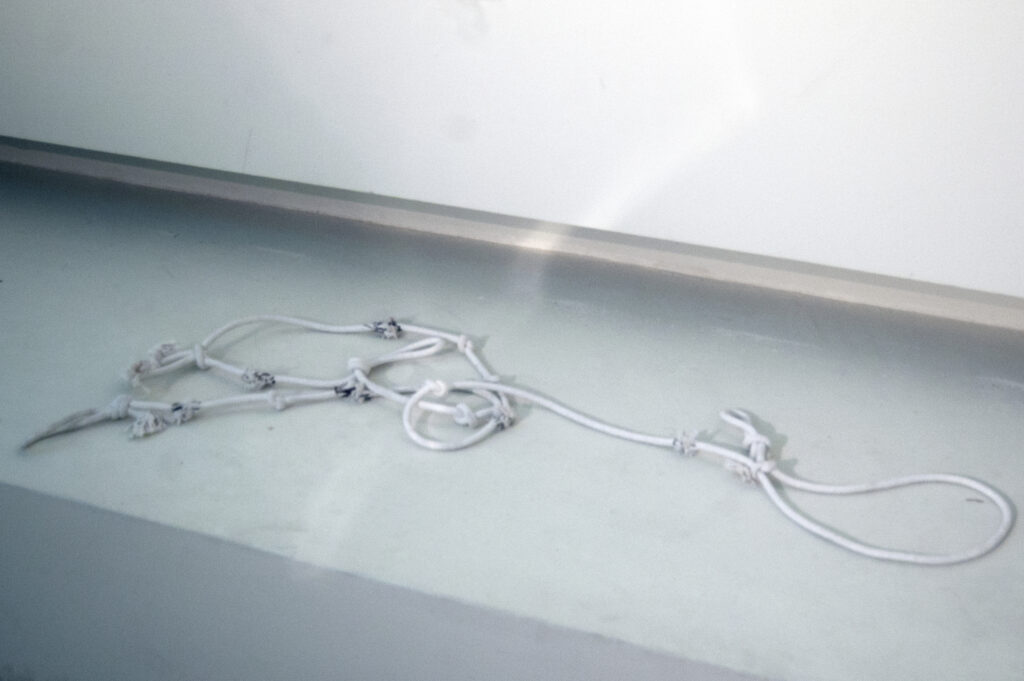
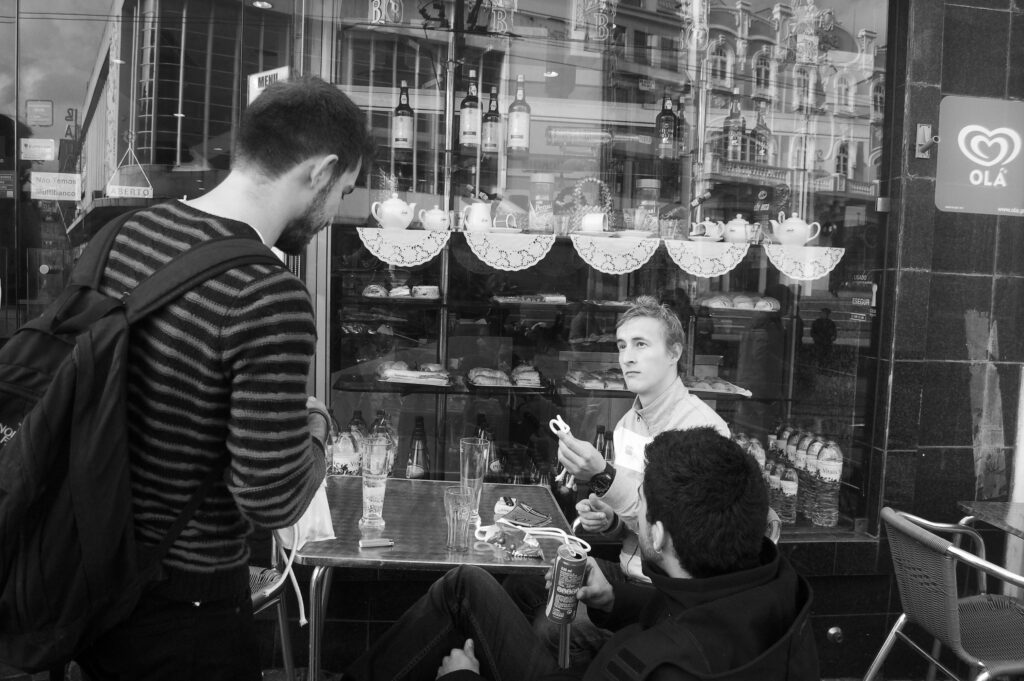
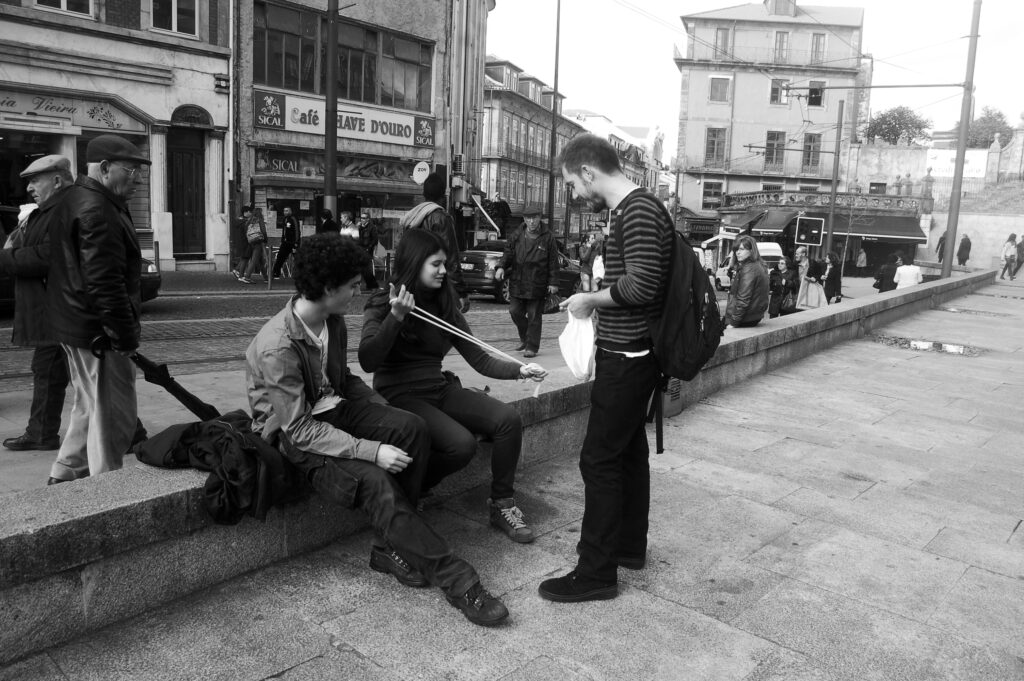
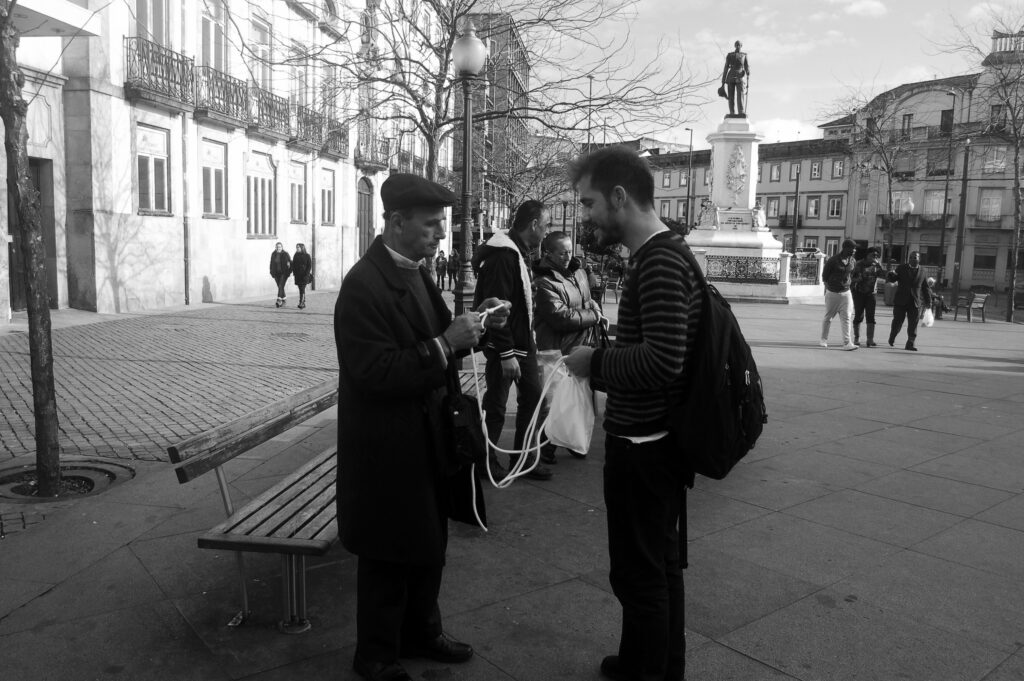
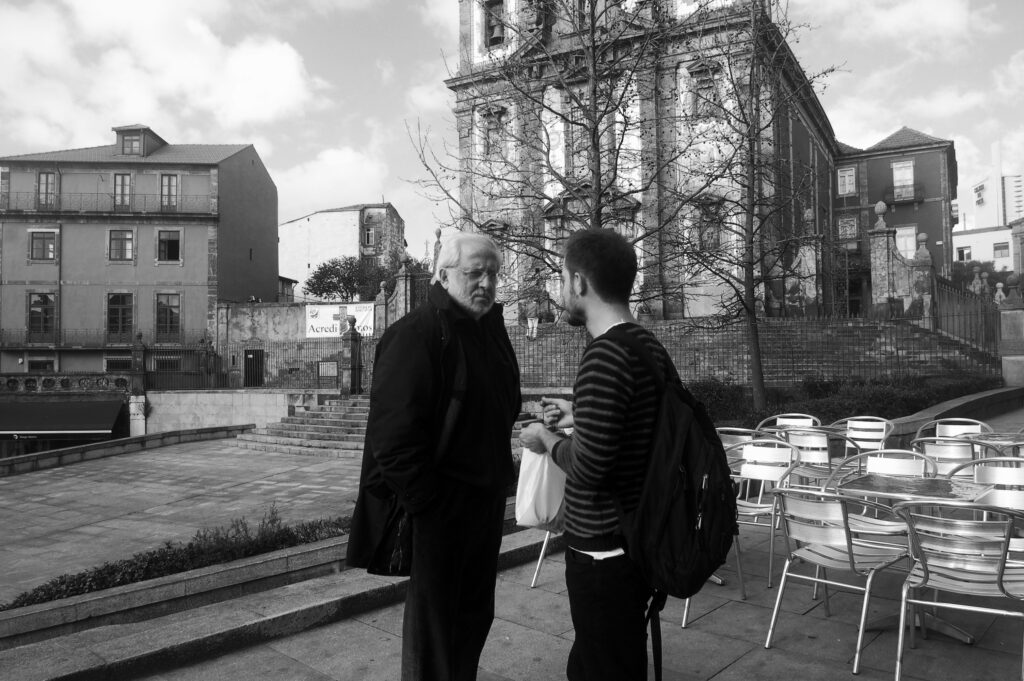
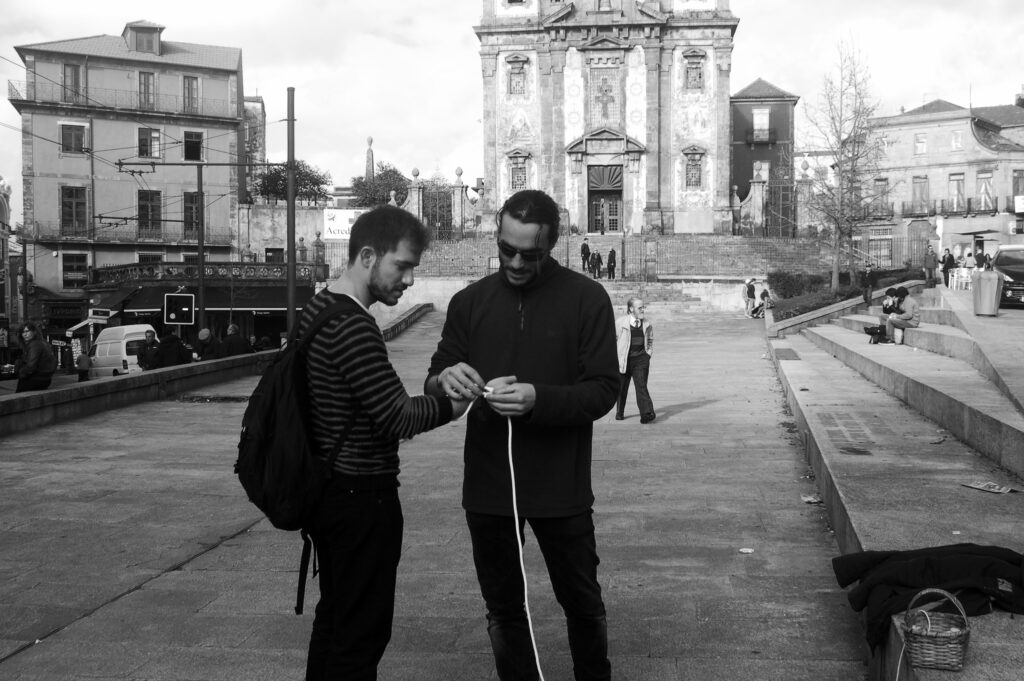
Among the first works, the performative action “Balcão de Apoio” aimed to mediate communication between a citizen and an institution in an accessible way, reproducing one-stop services or citizen support networks.
Installed in a public space, the participant found in “Balcão de Apoio” a structure to get him closer to sending a question to the institution regarding his situation as a citizen, however, in a disruptive context of everyday life. Instead of bureaucratic service stores, there was a meeting at public transport stops or squares and gardens.
Public Service Desk
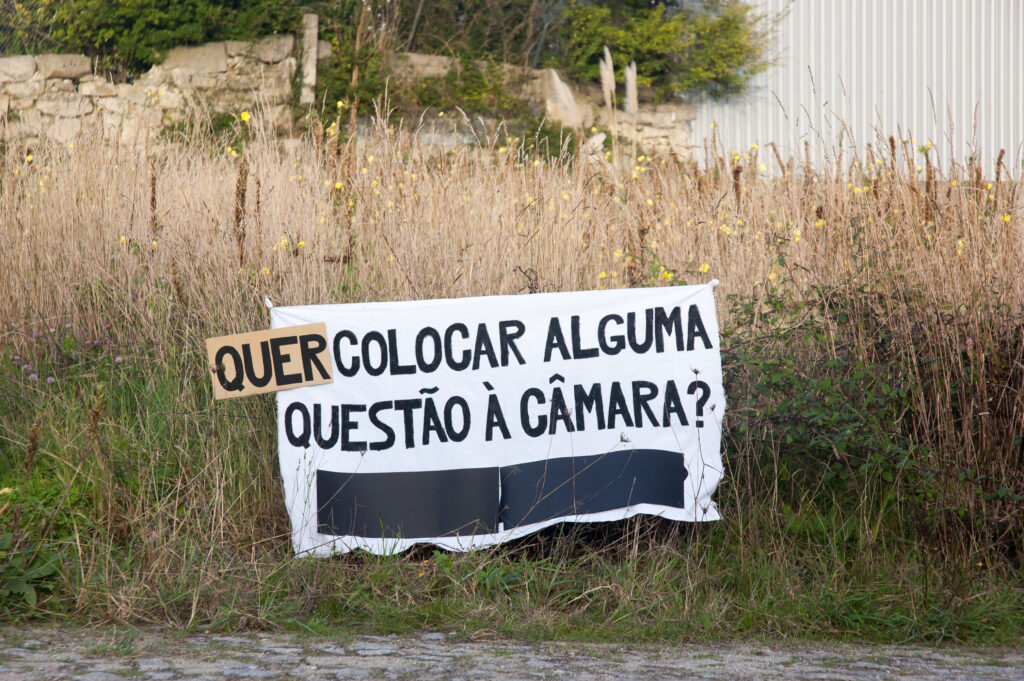
Constructed manually with simple materials such as cotton fabrics and stencil techniques, the installation embarked on the institutional scene through an invitation in the form of questions: “Do you want to ask the Chamber any questions?”, “Or the University?”, “And the Consulate ? ”, .etc, thus giving rise to a series of conversations and clarification about different existing social problems.
